
JavaScript Security Best Practices Frontend: Protect Your Web Apps from XSS and More
We see it in every class we teach: developers underestimate frontend security risks until it’s too late. Our students…
Get practical advice, tutorials, and updates from security professionals. Our blog helps developers write safer code, understand real-world threats, and grow their secure coding skills.

We see it in every class we teach: developers underestimate frontend security risks until it’s too late. Our students…
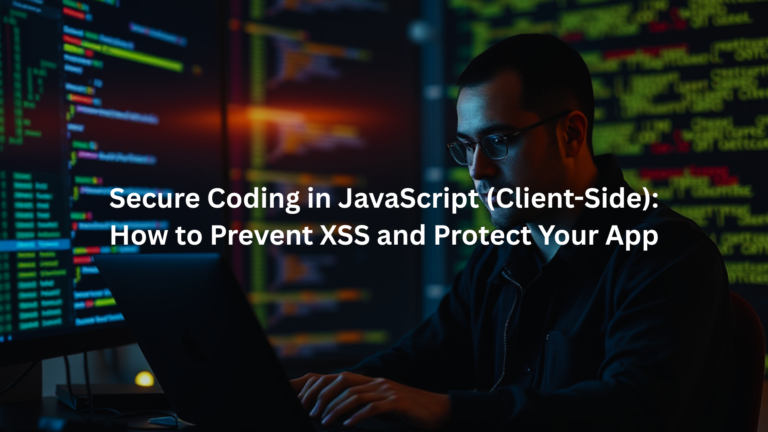
Secure coding in client-side JavaScript is essential because every line of frontend code runs in a user-controlled environment. That…

We’ve witnessed firsthand how Python type hinting transforms security practices in our development team. When we implemented strict typing…
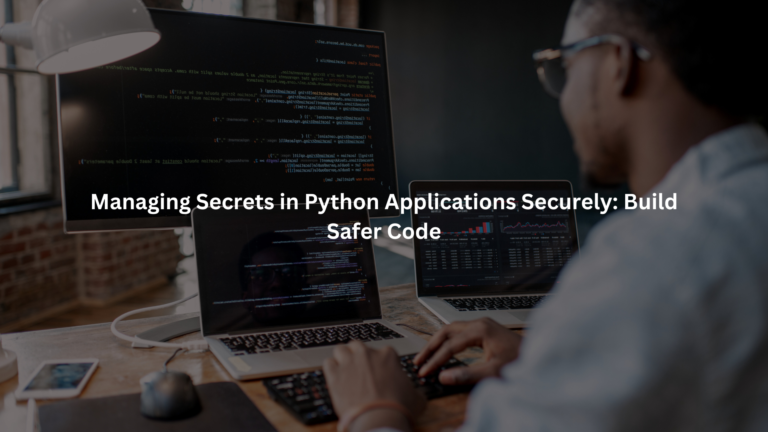
Python developers face a constant challenge: hiding passwords and API keys from prying eyes. The stakes are high, one…
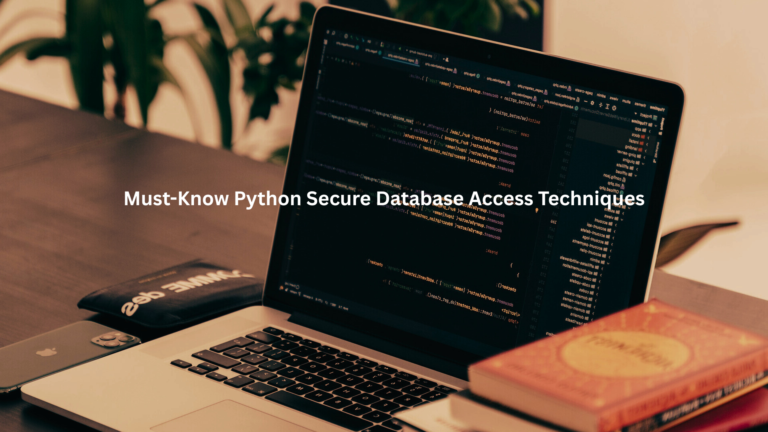
Securing database access in Python is crucial. Hardcoding credentials or neglecting encryption often leads to data breaches. To protect…
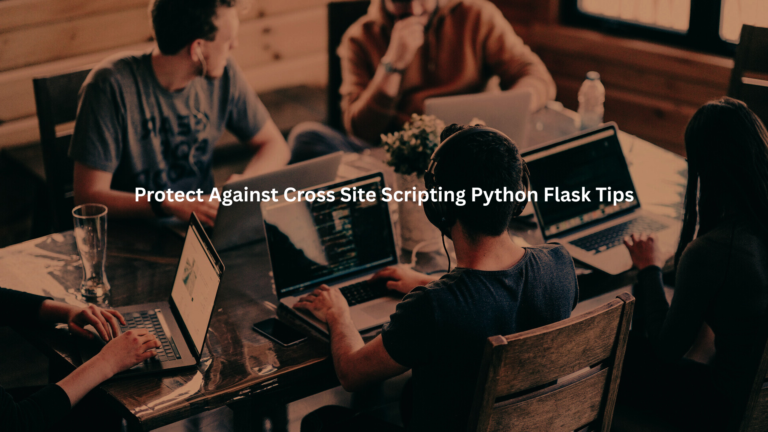
Cross-site scripting (XSS) is a tricky vulnerability in Flask apps that can let attackers inject malicious scripts. Protecting against…

Python’s pickle module simplifies serialization and deserialization, but it has a major risk. When unpickling, Python runs any bytecode…

Input validation stands tall in software security, a must for developers. It protects applications from threats like injection attacks…
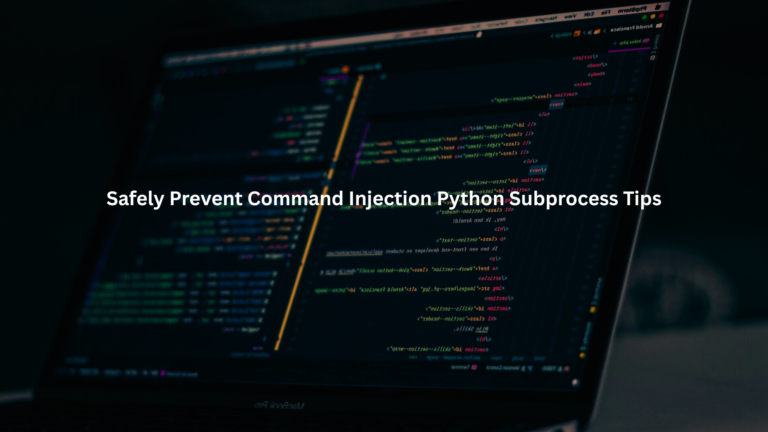
Command injection poses a real threat to applications, especially when using Python’s subprocess module. To prevent these vulnerabilities, developers…
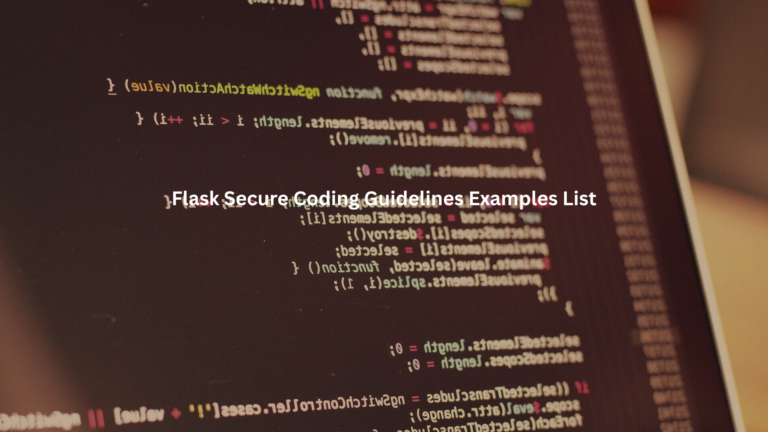
In the world of Flask web development, securing applications is absolutely essential. Developers have to stay alert to vulnerabilities…